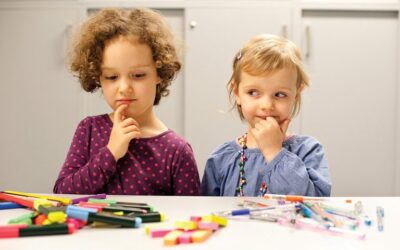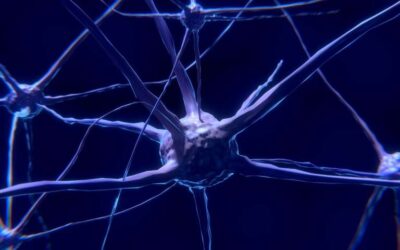Accidental falls are one of the leading causes of injuries and accidental death for the elderly, and the risk of falling increases significantly in those with neurological disorders or frailty. Dr Fay B Horak and her colleagues at Oregon Health & Science...
Medicine & Healthcare
Dr Michelle Schelske Santos – Nutri-Vías: Creating Pathways for Diversified Nutrition Education
Worldwide obesity has almost tripled over the past 50 years. This alarming statistic calls for new initiatives aimed at promoting better weight management, in order to prevent and treat obesity and associated diseases. Dr Michelle Schelske Santos, professor and former...
Dr Tilmann Betsch – What Children Can and Cannot Do in Decision Making
Human beings are asked to make a wide variety of choices throughout the course of their life, in both childhood and adulthood. Dr Tilmann Betsch, Professor of Social, Organisational and Economic Psychology at the University of Erfurt in Germany, has carried out...
Professor Angela Friederici – The Neurobiology of the Human Language System
For centuries, scientists have been investigating the origins and development of the human language system, yet many questions remain unanswered. Professor Angela Friederici, Founding Director of the Max Planck Institute for Human Cognitive and Brain Sciences, in...
Dr Mark D. Hayward | Dr Jennifer Karas Montez – Education and Health Disparity Across the US
Adults living in certain US states suffer from more illnesses, more disability, and die sooner than residents of others. Dr Mark D. Hayward of the University of Texas at Austin and Dr Jennifer Karas Montez of Syracuse University are investigating these differences in...
A model for autonomous navigation and obstacle avoidance in UAVs
Autonomous unmanned aerial vehicles (UAVs) have shown great potential for a wide range of applications, including automated package delivery and the monitoring of large geographical areas. To complete missions in real-world environments, however, UAVs need to be able...
Researchers develop a selective chemogenetic actuator to rapidly control neuronal activity and behavior
Chemogenetics is a fairly new area of neuroscience that explores the use of synthetically derived receptors and selective ligands to temporarily activate or deactivate specific brain areas. These receptors are also known as DREADDs (Designer Receptors Exclusively...
The synchrony between neurons in different brain hemispheres could aid behavioral adaptation
In order to survive and thrive, humans and other living organisms must continuously acquire new strategies to adapt their behaviour to changing environments. Past studies suggest that the synchronization between different brain cells could create flexible brain states...
Investigating the role of ventral pallidum neurons in the basal ganglia
The basal ganglia (BG) are a group of subcortical brain nuclei that control automatic behavior in humans and other animal species. The BG has been found to show peculiar activity in people affected by a number of mental and neurodegenerative disorders, including...
The potential of lucid dreaming and virtual reality to treat combat-related PTSD
In recent years, experts in the field of transcultural psychiatry have been trying to identify alternative approaches for treating mental health disorders that could enhance traditional Western psychotherapeutic practices. One of these alternative techniques is lucid...










